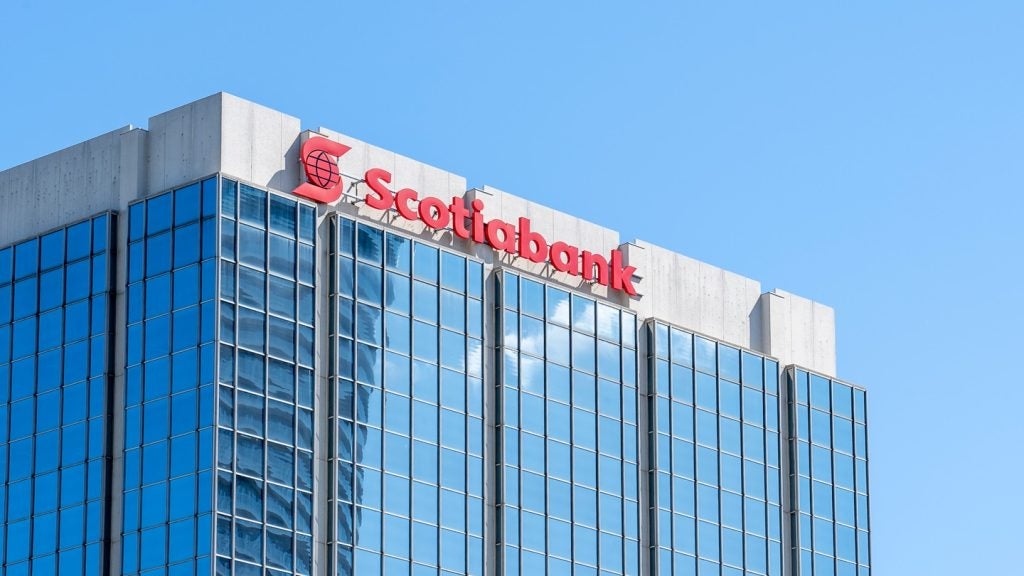For Japan’s retail banks and
consumer finance lenders, 2007 has been a year of utter turmoil –
and the gloom continues. Now, with revenues and profits tumbling
across the year, the US subprime collapse has come as a highly
unwelcome double whammy, knocking half-year earnings backwards at
most of the country’s leading financial services groups.
Mitsubishi UFJ, the country’s
largest financial group, reported its first-half net profit fell 49
percent to ¥256.7 billion ($2.36 billion) from ¥507.2 billion a
year ago, reflecting write-downs for its struggling credit card
subsidiary UFJ Nicos and losses related to its subprime loan
exposure. The group has put subprime losses at ¥4 billion, compared
with the ¥5 billion estimate it reported in October, though it
states that its overall investment in subprime loan-related
securitised financial products is ¥260 billion.
Mizuho Financial Group, the
country’s second-biggest banking group, registered a 24 percent
drop in first-half net profits to ¥399 billion from ¥529 billion.
Mizuho Securities is reported to have written off around ¥100
billion due to its exposure to the US subprime market. On 19
November, Sumitomo Mitsui Financial, the third-biggest player,
reported first-half profit was down 30 percent; a week earlier,
Sumitomo Trust, Japan’s fifth-largest bank, reported first-half net
profit dropped 41 percent to ¥37.7 billion. The group restated its
fiscal year 2007 figures, lowering its consolidated operating
profit forecast 35 percent to ¥150 billion, 19 percent down on
2006.
Shinsei Bank said its first-half net profits fell 40 percent to ¥23
billion due to higher provisions against subprime exposure of
around ¥7 billion. The value of loans decreased from ¥424.9 billion
on 31 March to ¥334.2 billion as of 30 September.
Looking to take advantage of the market’s volatility, US banker
Christopher Flowers is now seeking to buy almost one-third of
Shinsei, the bank he helped rescue seven years ago. Flowers is
leading a consortium that includes Banco Santander and Swiss Re,
offering ¥202 billion for a stake of up to 32.6 percent.
The impact of the US subprime losses comes at a time when Japanese
banks and consumer finance players such as Aiful, Takefuji and Acom
have taken substantial revenue hits in the face of a weakening
consumer finance market and laws that restrict the amount of
interest lenders can charge Japanese consumers. On 8
November, Acom published its interim results: operating income was
¥196.6 billion, down 8.9 percent year-on-year, while income before
extraordinary items was ¥50.5 billion, down 15.9 percent. “Business
conditions are becoming increasingly difficult as reform of the
Money-lending Business Law proceeds and competition within the
consumer financing industry gets stronger,” said the group.
How well do you really know your competitors?
Access the most comprehensive Company Profiles on the market, powered by GlobalData. Save hours of research. Gain competitive edge.

Thank you!
Your download email will arrive shortly
Not ready to buy yet? Download a free sample
We are confident about the unique quality of our Company Profiles. However, we want you to make the most beneficial decision for your business, so we offer a free sample that you can download by submitting the below form
By GlobalDataNot all players reported worsening figures: consumer lender
Promise, which is merging with Sanyo Shinpan to form the country’s
largest consumer finance player, managed to recover from a net
income loss of ¥159 billion for the first half of fiscal year 2006
to report a positive net income of ¥11.7 billion for the first half
of 2007. Despite an estimated rise in loan losses across the rest
of the year (see table), Hiroki Jinnai, president of
Promise, predicted customer numbers will rise to 3.4 million by
March next year.
Foreign banking groups also maintain a relatively bullish take on
the country. A spokesperson for ING Direct told RBI that
the Dutch group is “ready to launch” its Japanese service, and is
just waiting for final regulatory approval. In September, GE Money
and American Express revealed plans for a joint Japanese card
launch (see RBI 578), while
HSBC is pushing ahead with plans for a 50-branch network aimed at
the country’s mass affluent segment.








